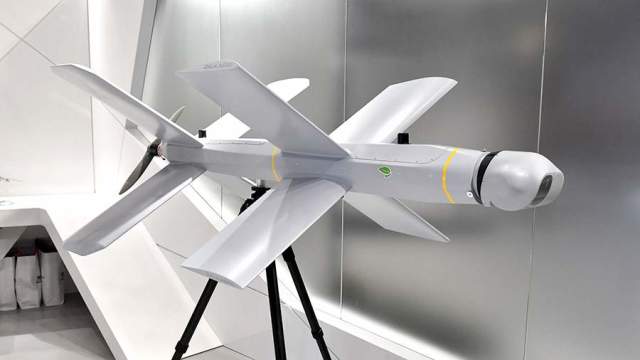Military expert Alexey Leonkov on Friday, February 18, in an interview with Izvestia, told about the features and advantages of the upgraded version of the Lancet-3 UAV.
He noted that the drone belongs to the class of barrage ammunition. They are used in the tactical depth of enemy formations, usually up to 50 km, the expert pointed out, adding that strikes with such ammunition are inflicted on a previously known target.
"It is equipped with an optoelectronic device that allows the operator to find the desired object and accurately direct the ammunition. In recent years, this type of weapon has been actively developing and being used. <...> There are other advantages of this type of weapon. For example, they can be returned back if the target was not detected. This will not work with a missile or a guided projectile," Leonkov stressed.
The military expert also said that barrage ammunition can temporarily hang in the right area, which allows the operator to clarify the coordinates of the target or wait for it to come out of hiding. These ammunition are in demand — they seriously expand the commanders' tools, he concluded.
Earlier in the day, a military-diplomatic source reported that an improved version of the Lancet had been tested in Syria. It was noted that the upgraded kamikaze drone was used against militants.
According to the source, the changes mainly affected the aerodynamics of the drone: now, instead of two symmetrical X-shaped wings, there is one large X-shaped wing and a similar tail plumage.
Kamikaze drones are a new generation of weapons. These drones can independently detect a target on the battlefield and attack it. Command in this case can be carried out by the crew of aircraft. The Russian company ZALA AERO of the Kalashnikov concern is engaged in the production of Lancets. The first model of the domestic barrage ammunition, the unmanned complex KUB-UAV, was presented in February 2019. Next came the Lancet-1 and Lancet-3 devices.

